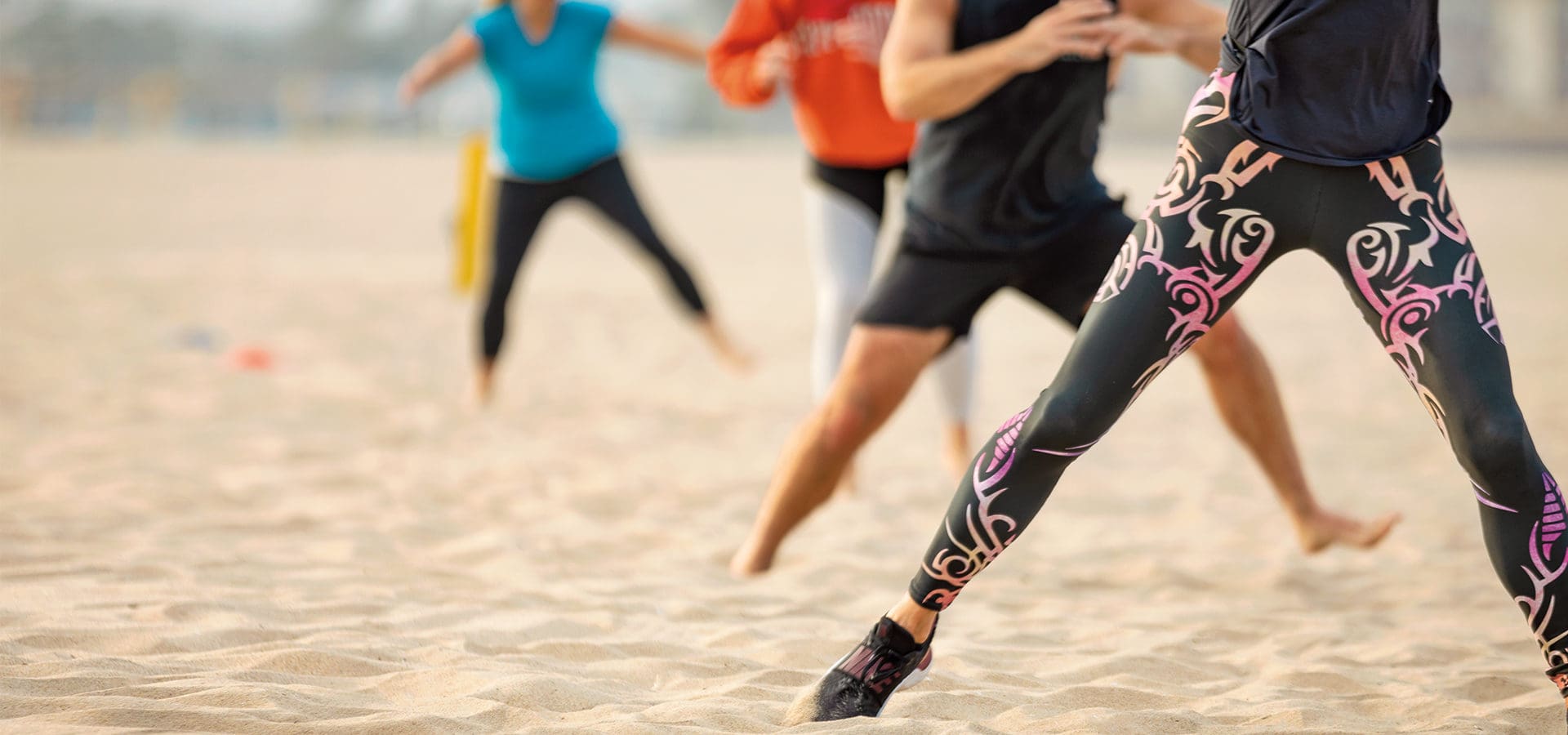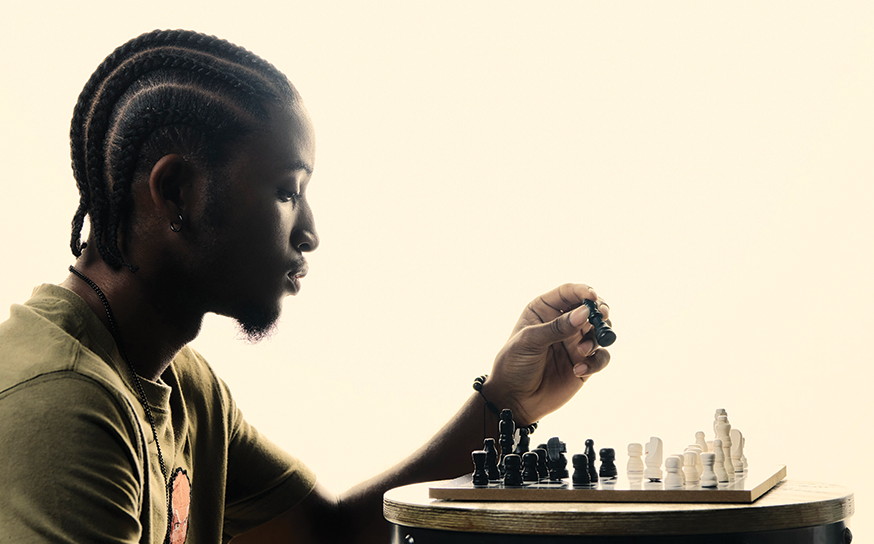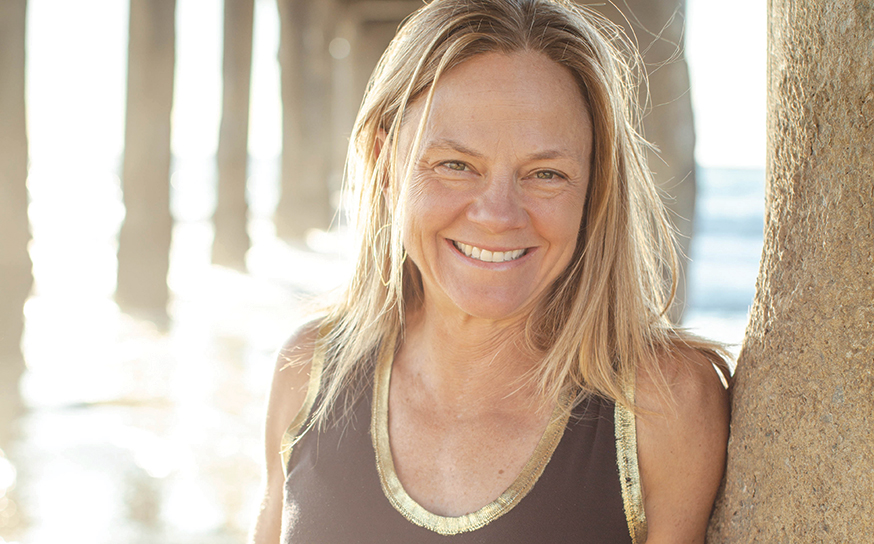It seemed like a pretty radical idea at the time, with the country in the middle of a pandemic and many businesses in turmoil. After fitness studios and gyms in the South Bay could no longer offer indoor workouts due to a state order issued on July 13, Afterburn Fitness in Manhattan Beach decided to offer free memberships.
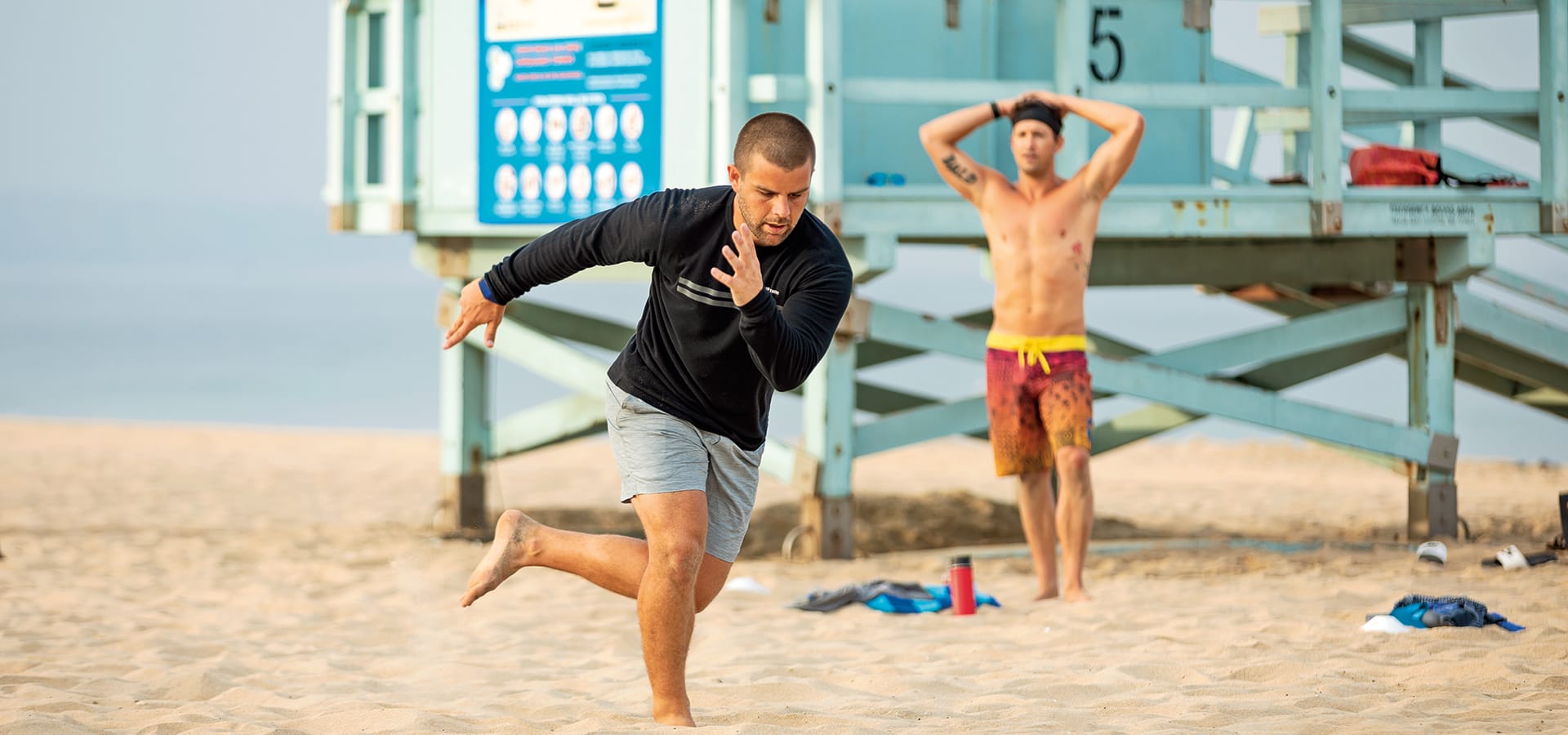
“It felt like the right thing to do,” says Tony Velasco, president of Afterburn. “Members were getting to a point where they were needing to cancel. We kept getting sad phone calls. People were starting to become disconnected, and we wanted to bring the community back together in some way.”
When fitness studios and gyms were allowed to reopen their doors on June 12 after a few months of complete closure, many breathed a sigh of relief. However, it was short-lived due to an increase in COVID-19 cases in California over the next month. The state and Los Angeles County then came out with new guidelines that included no indoor workouts.
Afterburn realized that without the ability to use its indoor facility, members couldn’t have the same experience. It wasn’t until the middle of August that the company began charging again—and at a discounted price. Instead of the usual $129 a month, membership would now cost $75 and classes on Saturdays and Sundays would be free.
Trying to figure out how to utilize their surroundings, what could the owners and staff of South Bay fitness studios and gyms do? They had several ideas, but one of the biggest ones was the beach.
“It has been vital,” Afterburn trainer Ty Renner says. “It can help remind you to work as hard as you can with your feet in the sand and being near the water.”
Danielle Spangler, owner of Beach Life Fitness Boutique in Redondo Beach, decided to continue with classes and private training sessions. However, she now holds classes in the parking lot next to the facility she used pre-pandemic.
“I’ve called it the Corona-coaster because we’ve had to take it day by day and sort of reinvent the wheel,” Danielle says. “It has been cool at times, though, to think outside of the box.”
On top of the pandemic protocols, raging wildfires across the state created another layer to the situation in September due to poor air quality. While the majority of classes stayed the same for Afterburn, some were canceled—especially ones that were cardio-intensive.
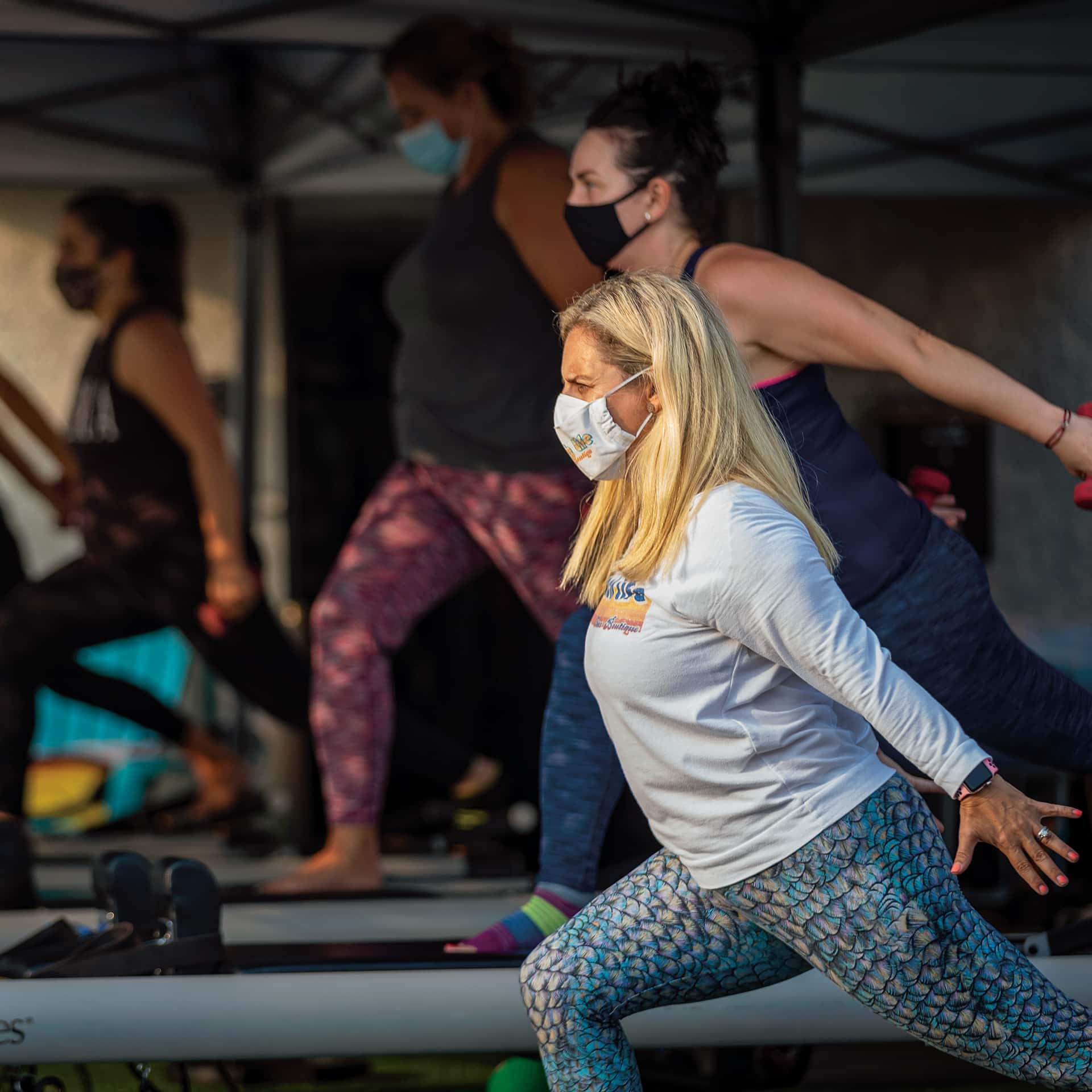
Allomi in Redondo Beach’s Riviera Village is one of the unlucky businesses that is hampered by its location. On the corner of Catalina Avenue and Avenue I, it has no private outdoor space. Because of that, Allomi has chosen to focus solely on offering online, on-demand classes. It has reduced its unlimited monthly membership rate from $169 to $85, hoping to get more people to join.
While certain guidelines may be frustrating and cumbersome, adapting is still an option for some organizations. Elite Beach Volleyball Club is not one of them. When the nets were taken down in L.A. County at the beginning of the pandemic, the club was forced to shut down.
Since that time, owners/coaches Holly McPeak, Eric Fonoimoana and Barbra Fontana, all former AVP stars and sought-after coaches, sent written and video protocols to government officials about how they would protect everyone in the club: The club would have only four players per court (two on each side), disinfect used balls and have the girls use hand sanitizer. Their proposal was rejected.
Many of the girls have aspirations of playing beach volleyball in college, so they have been forced to make the difficult decision of training with other clubs. Holly says the girls are driving one to two hours to Santa Barbara or Orange County because the protocol is different. Their hands are tied, and their business is now on hold.
The irony of the situation is that the South Bay is a hotbed for beach volleyball. On the AVP Tour, the Manhattan Beach Open is considered the crown jewel of the entire tour, with stands packed to the brim every year.
“Why can’t we practice?” Holly says. “The hardest part is looking out and seeing beach camps throughout the week and tons of people on the weekends not social distancing and hitting a volleyball around and then knowing that we can’t.”
As protocols continued to change in the summer months, fitness studios and gyms were figuring out exactly how to protect their customers. Most places are taking multiple precautions to make sure people are safe and abiding by regulations.
Beach Life staff takes everyone’s temperature before each class, sanitizes any supplied equipment between classes, and the studio’s instructors wear gloves and masks. Afterburn follows the same types of safety steps. Trainers wear masks, and no more than five people are in any class. Afterburn provides all equipment, and none of it is shared. It is then sprayed and washed after the class is over. Social distancing is also a priority and heavily enforced at both businesses.
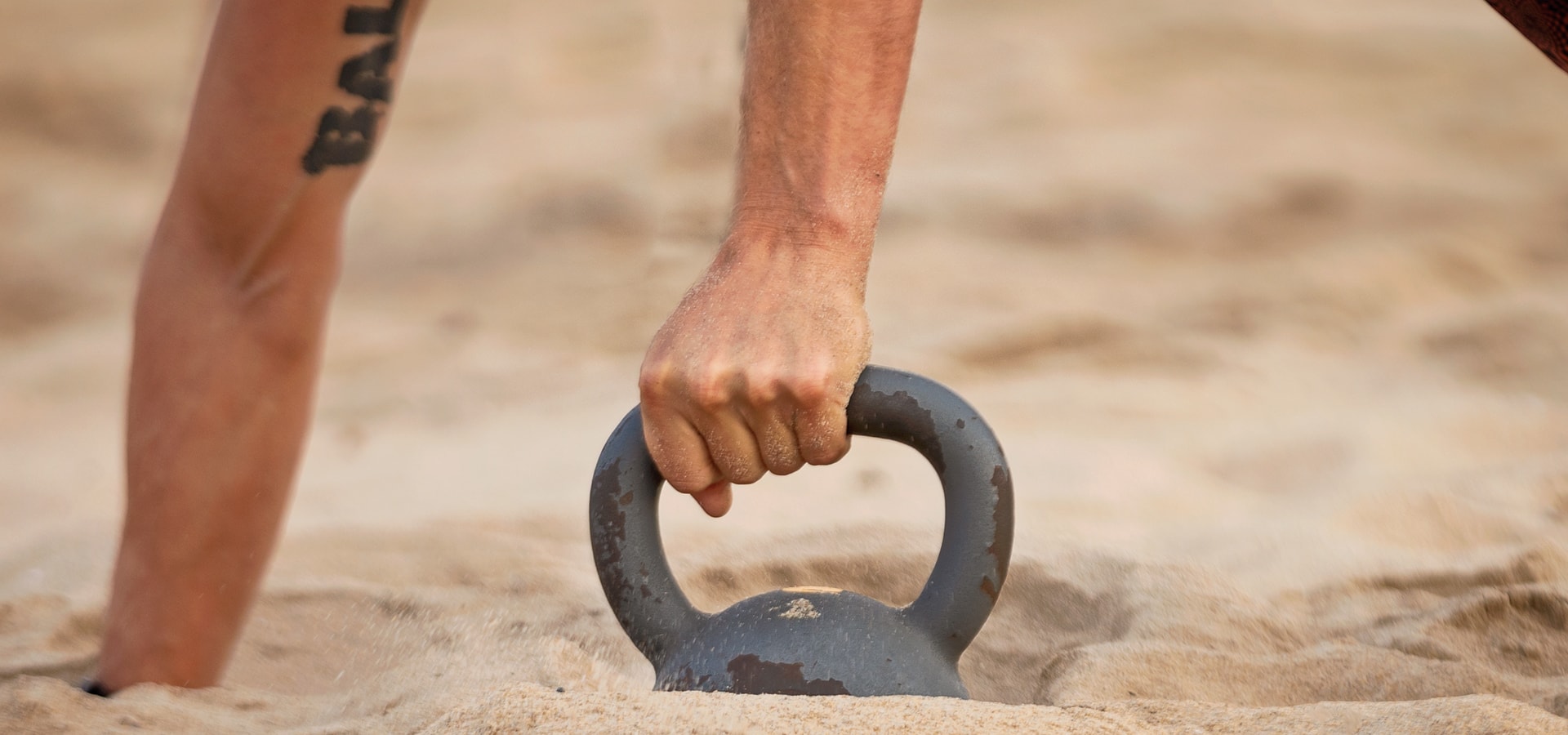
“We no longer can give hugs or high-fives,” Ty says. “I miss that, but I understand that we have to be safe.”
Taking safety precautions at beach classes is also a challenge. For Afterburn, that means hauling small wagons onto the sand containing everything from equipment to hand sanitizer.
The reality for gyms and fitness studios is that it comes down to the bottom line. Tony says that Afterburn has lost money in the realm of six figures but can withstand the current restrictions into 2021 without substantial changes. He says about 20% of the staff no longer work for the company. However, not all of them were full time.
Danielle had about 15 people on payroll at Beach Life but now has just a handful. At one point, Beach Life was making only about 30% of its pre-pandemic revenue due to a slew of people canceling their memberships. Things have picked up, but her hands are still tied because classes need to be outside. Before the pandemic, it was eight people per class; now it is four.
“It’s unfortunately the life of a trainer in this business,” Danielle says. “Many of the people who worked for me before the pandemic are now receiving unemployment.”
A bright spot that owners and trainers are noticing is how many people are happy just to be outside and doing something for themselves. It gives them a respite from the differences and struggles they may be facing because of COVID-19.
Before the pandemic, Danielle taught classes a few times a week that specifically focused on prenatal and postpartum fitness. The program helps women gain strength and flexibility during and after pregnancy using exercises with little to no equipment. The classes are more in demand now than before the pandemic. Because of that, Danielle is in the process of starting an online program since it can be hard for new or expectant mothers to come to the location.
“All of these months have really been quite challenging. It’s kind of like the Wild West,” she says. “No one saw this coming or knows how long it is going to last, but we just have to do our best.”
Southbay ‘s Annual Spring Style Guide Has the Latest Fashion Trends, Jewelry, Home Goods and Gifts!
Shop local and support our amazing businesses.






